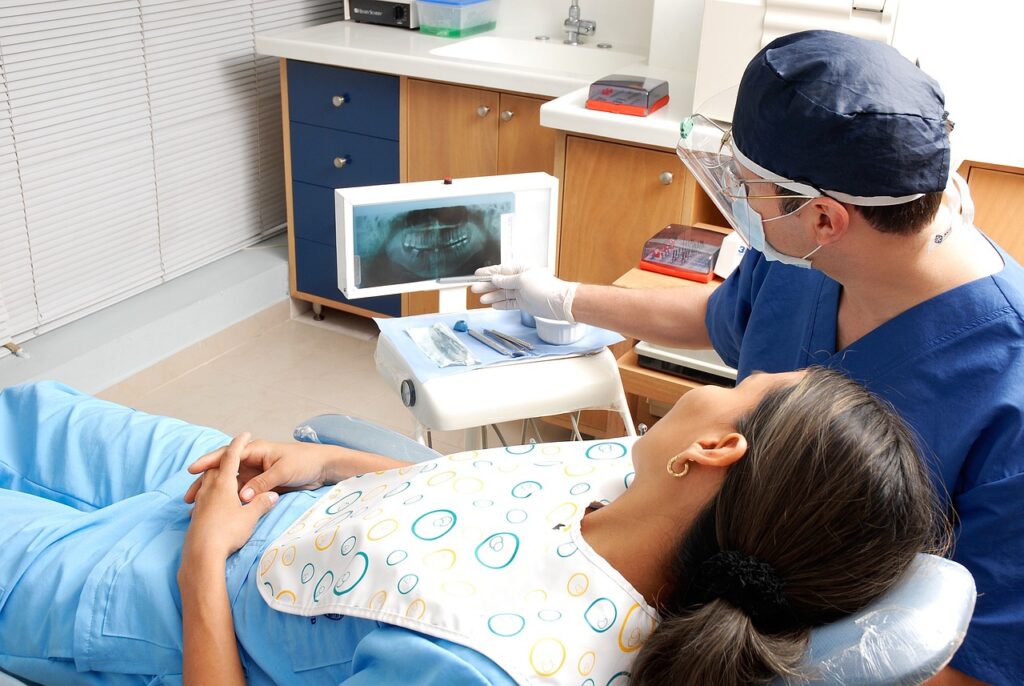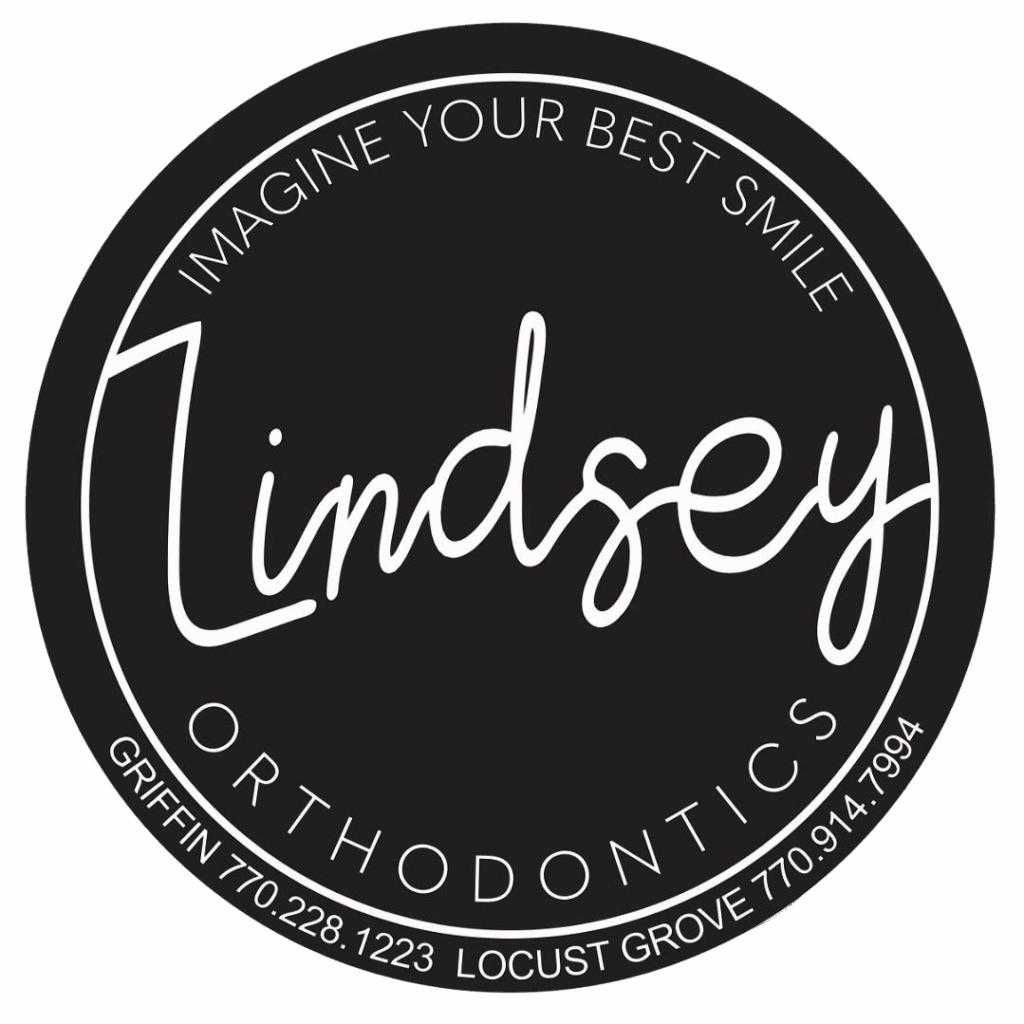Not sure how to know if you need braces? You’re not alone. Many people notice small changes in their teeth or bites but aren’t sure if it’s something to bring up with a specialist. This blog will walk you through signs that could mean it’s time to schedule an orthodontic consultation—no guesswork, no confusion.
For teens, braces are often part of growing up. But adults can benefit too. Bite problems, crowding, and shifting teeth don’t go away on their own. Understanding what to look for can help you take control of your oral health sooner.
Why Identifying the Need for Braces Early Matters

Spotting alignment issues early can make a big difference. Treating problems sooner can mean shorter treatment times, less discomfort, and fewer long-term complications.
Here’s why early recognition is important:
- Avoid long-term dental issues: Misaligned teeth are harder to clean. This can lead to plaque buildup, decay, or gum disease.
- Prevent jaw pain: Bite problems may cause stress on your jaw joints, leading to discomfort or TMJ disorders.
- Improve confidence: Straighter teeth often lead to a more comfortable, natural-looking smile, which can boost self-esteem.
- Simplify future care: Minor issues now can become major ones later. Addressing them early may reduce the need for complex procedures.
According to the American Association of Orthodontists (AAO), early evaluation helps detect problems before they worsen. Even if treatment isn’t needed right away, getting expert input early can give you more control over future options.
How to Know If You Need Braces
Some signs are easy to spot. Others are more subtle and develop over time. But knowing what to look for can help you decide when it’s time to take action.
Physical Signs You Might Notice
These are some of the most common reasons people seek orthodontic care:
- Crowded teeth – Teeth that overlap or twist because there isn’t enough space in your mouth
- Spacing or gaps – Visible spaces between teeth, even after all adult teeth have come in
- Overbite – Upper front teeth that stick out far beyond the lower teeth
- Underbite – Lower teeth that extend in front of the upper teeth
- Crossbite – When some upper teeth sit inside the lower teeth when biting down
- Open bite – Top and bottom teeth don’t touch even when the mouth is fully closed
- Jaw pain or clicking – A misaligned bite can lead to stress on the jaw
- Difficulty chewing or biting – Trouble eating certain foods or discomfort when chewing
- Speech issues – Lisping or unclear speech can sometimes be linked to dental alignment
If you’ve noticed one or more of these, it could be a sign that your bite isn’t functioning as it should.
Functional and Visual Clues
Some signs don’t seem serious at first, but they can point to bigger issues later on. Keep an eye out for:
- Feeling self-conscious when smiling
- Mouth breathing or frequent dry mouth
- Biting the inside of your cheeks or lips often
- Grinding or clenching your teeth (especially during sleep)
- Struggling to floss between certain teeth
It’s easy to overlook these problems or assume they’re normal. But if you’re wondering how to know if you need braces, paying attention to these everyday challenges can provide some of the clearest clues.
Teen-Specific Signs to Watch For
Teens go through major dental and jaw changes. It’s one of the most common times for orthodontic treatment to start—but not every issue is obvious without a closer look. Parents and teens should be aware of these signs:
- Early or late loss of baby teeth – Losing teeth too soon or holding onto them too long can affect how adult teeth come in
- Teeth growing in crooked or out of position – Especially when adult teeth start pushing through
- Jaws that seem too small or too large – This may cause teeth crowding or gaps
- Frequent teeth grinding or clenching – Often happens during sleep and can wear down enamel
- Overlapping or extra teeth – May signal crowding or impaction
- Thumb sucking beyond age 4–5 – Can lead to alignment and bite issues
The American Dental Association (ADA) recommends that children have an orthodontic evaluation by age 7. Early examination and treatment may prevent or reduce the severity of malocclusions (or “bad bite”).
Adult-Specific Signs You Shouldn’t Ignore
Braces aren’t just for teens. Many adults experience shifting teeth, bite issues, or jaw discomfort—often without realizing orthodontic treatment could help. If you’re thinking how to know if you need braces as an adult, here are some signs that shouldn’t be overlooked:
- Teeth have shifted since your teen years – This is common, especially if you stopped wearing retainers
- Crowding or spacing is getting worse – Alignment problems don’t correct themselves with age
- Gums are receding or inflamed – Misalignment can make cleaning difficult, leading to gum issues
- Jaw pain, headaches, or clicking sounds – These may be caused by bite pressure or strain on the jaw joints
- Frequent damage to teeth or dental work – Uneven bites can wear down teeth or break fillings
- You’ve had cosmetic dental work and want better alignment – Braces or clear aligners can support long-term results
Orthodontic treatment can improve both function and appearance, no matter your age. Many adults choose braces or clear aligners not just for a better smile, but also for healthier teeth and easier oral hygiene.
Professional Assessment vs. DIY Self-Evaluation
Trying to figure out alignment issues on your own can be a helpful first step—but it’s not enough. While signs like crowding or bite problems may be visible, others require tools and expertise that only a professional can provide.
Here’s why a clinical evaluation matters:
- X-rays reveal hidden problems – What looks fine on the outside might show deeper issues beneath the surface, like impacted teeth or bone loss
- Bite analysis needs precision – Orthodontists evaluate how your upper and lower teeth meet from all angles, not just the front view
- Specialists use diagnostic tools – These include digital scans, photographs, and measurements that help build a full picture of your dental health
- Treatment options vary by case – What worked for someone else might not be right for you
What Happens During a Consultation

Once you’ve spotted signs of a possible issue, the next step is booking a consultation. This visit is low-pressure and focused on figuring out what’s going on with your teeth and bite.
Here’s what you can expect:
- Digital imaging or X-rays – These give the orthodontist a clear look at your tooth alignment, roots, and jaw position
- Bite evaluation – You’ll be asked to bite down naturally so they can examine how your teeth fit together
- Discussion of concerns – You can share what you’ve noticed: shifting teeth, discomfort, or how your smile feels
- Review of treatment options – If treatment is recommended, you’ll get a breakdown of choices like metal braces, clear braces, or aligners
- Cost and timeline estimates – You’ll leave with a general idea of how long treatment may take and what the investment looks like
Many orthodontists offer consultations at little or no cost, so there’s no pressure to commit on the spot. This visit is all about helping you understand your dental alignment and make an informed decision.
Schedule Your Free Braces Consultation with Lindsey Orthodontics
If you’ve been curious how to know if you need braces, now is the perfect time to get answers from a trusted local orthodontist. Lindsey Orthodontics offers expert evaluations for teens, adults, and children—helping you take the next step toward a healthier, straighter smile with confidence.
Why Choose Us
Lindsey Orthodontics is led by Dr. Charles A. Lindsey, who has been creating confident, healthy smiles for over 25 years. Known for his patient-focused approach and commitment to comfort, Dr. Lindsey provides personalized care for children, teens, and adults alike.
He is a proud member of the American Association of Orthodontists, Georgia Dental Association, Southern Association of Orthodontists, and Central District Dental Society—reflecting his dedication to the highest standards in orthodontic treatment.
Book Now
Call us at (770) 228-1223 (Griffin) or (770) 914-7994 (Locust Grove), or book your free consultation online today. We’re proud to serve families across Locust Grove, Griffin, and surrounding Georgia communities with flexible payment plans, a friendly team, and advanced technology like iTero digital scanning and in-house 3D printing.
How to know if you need braces? Now’s a great time to schedule your free consultation and start getting answers.
